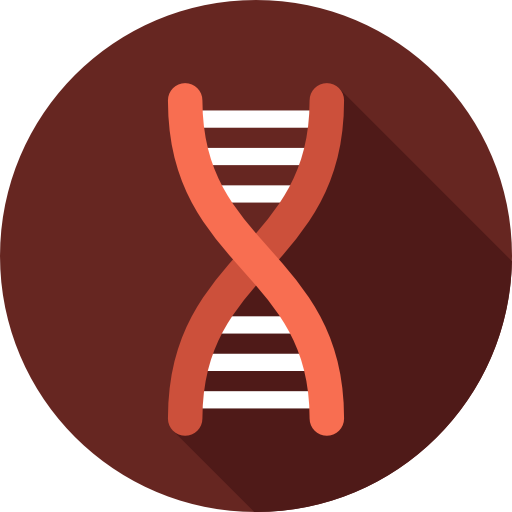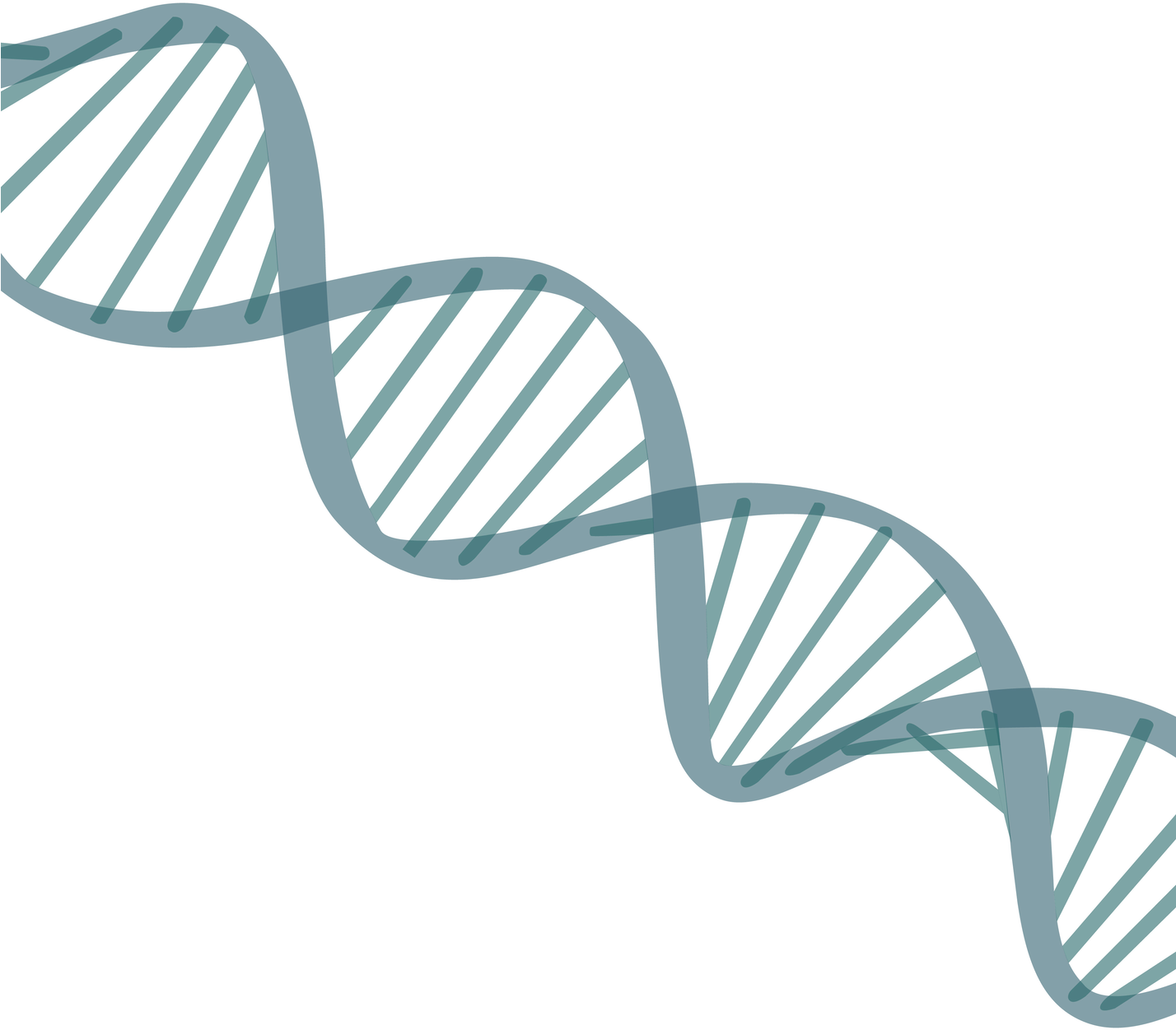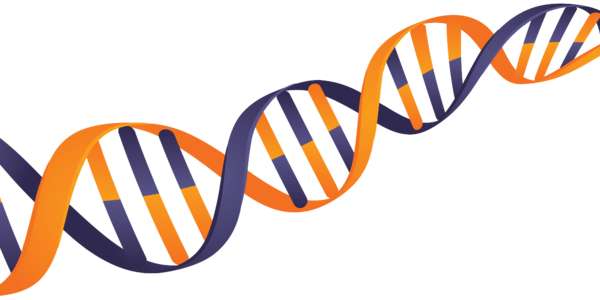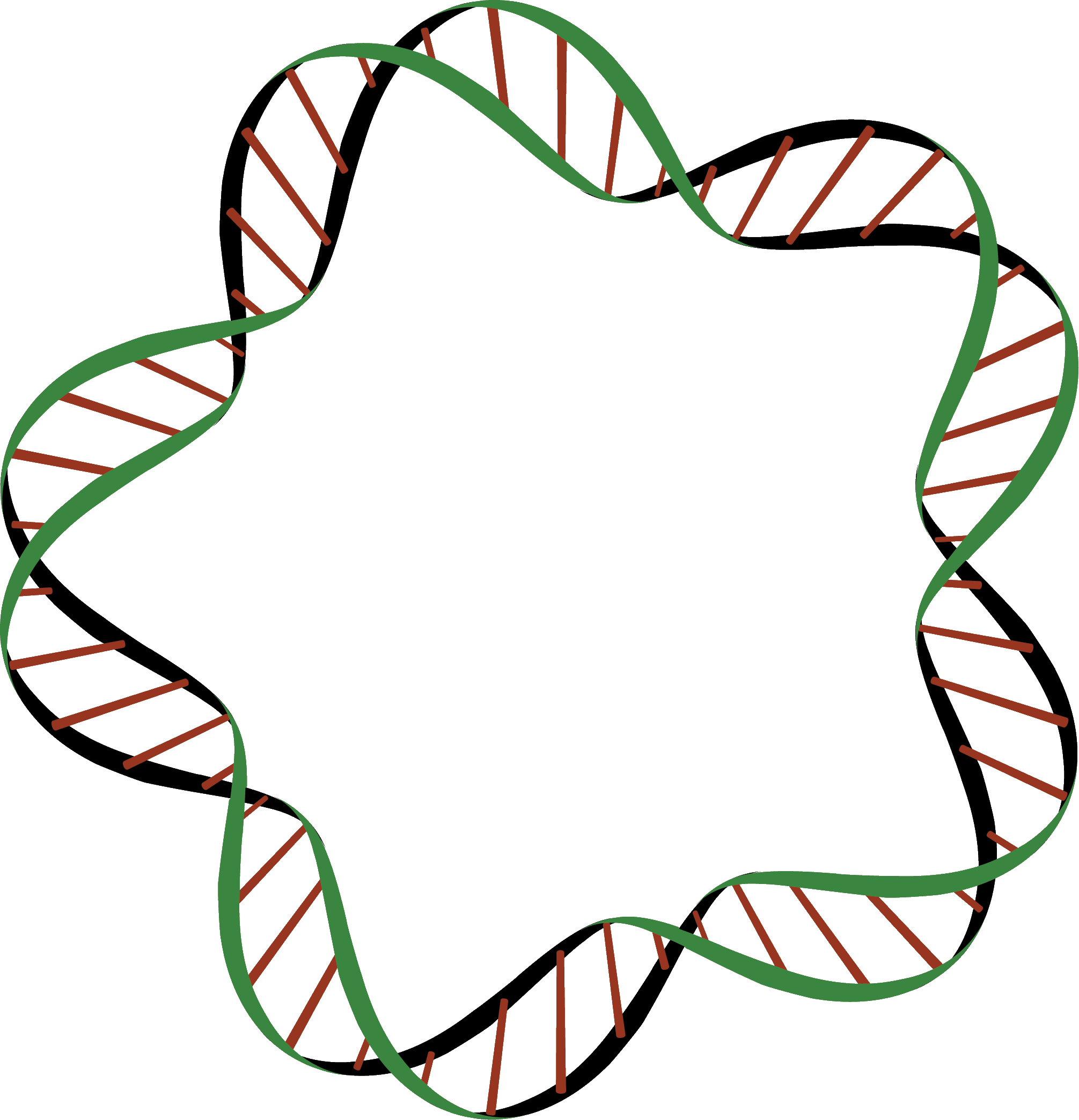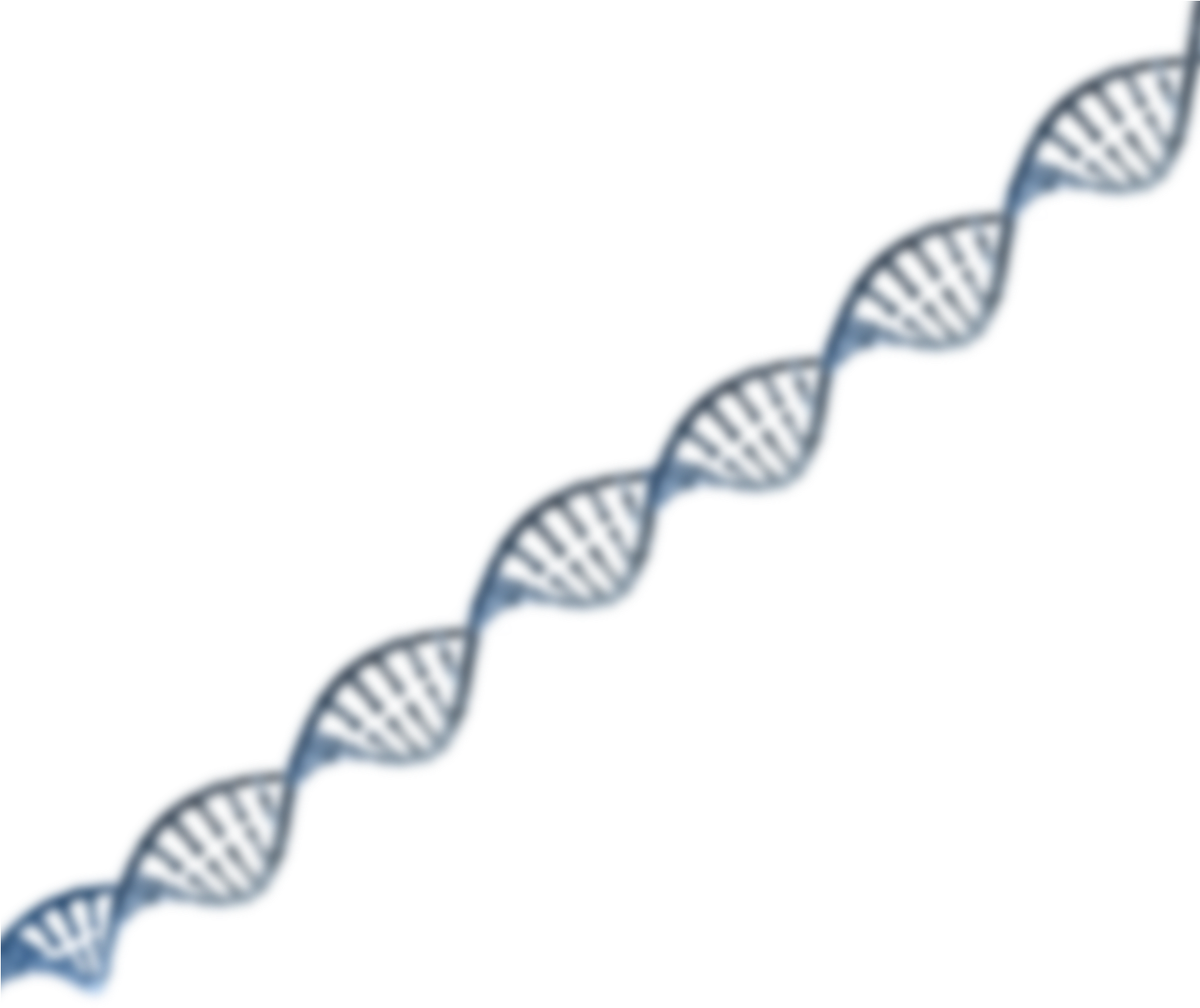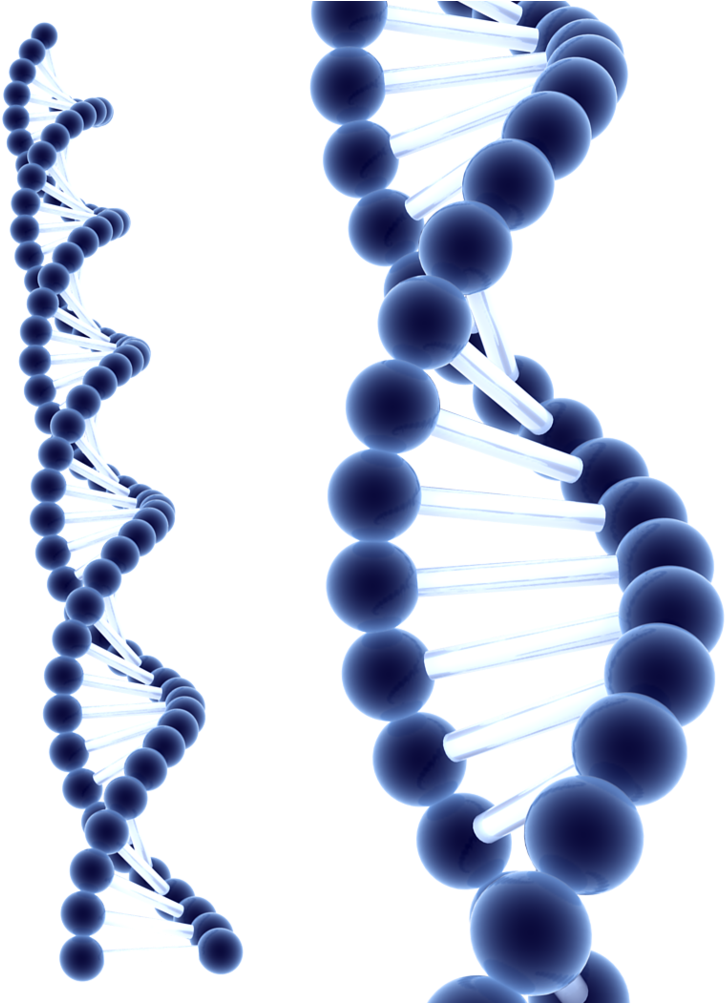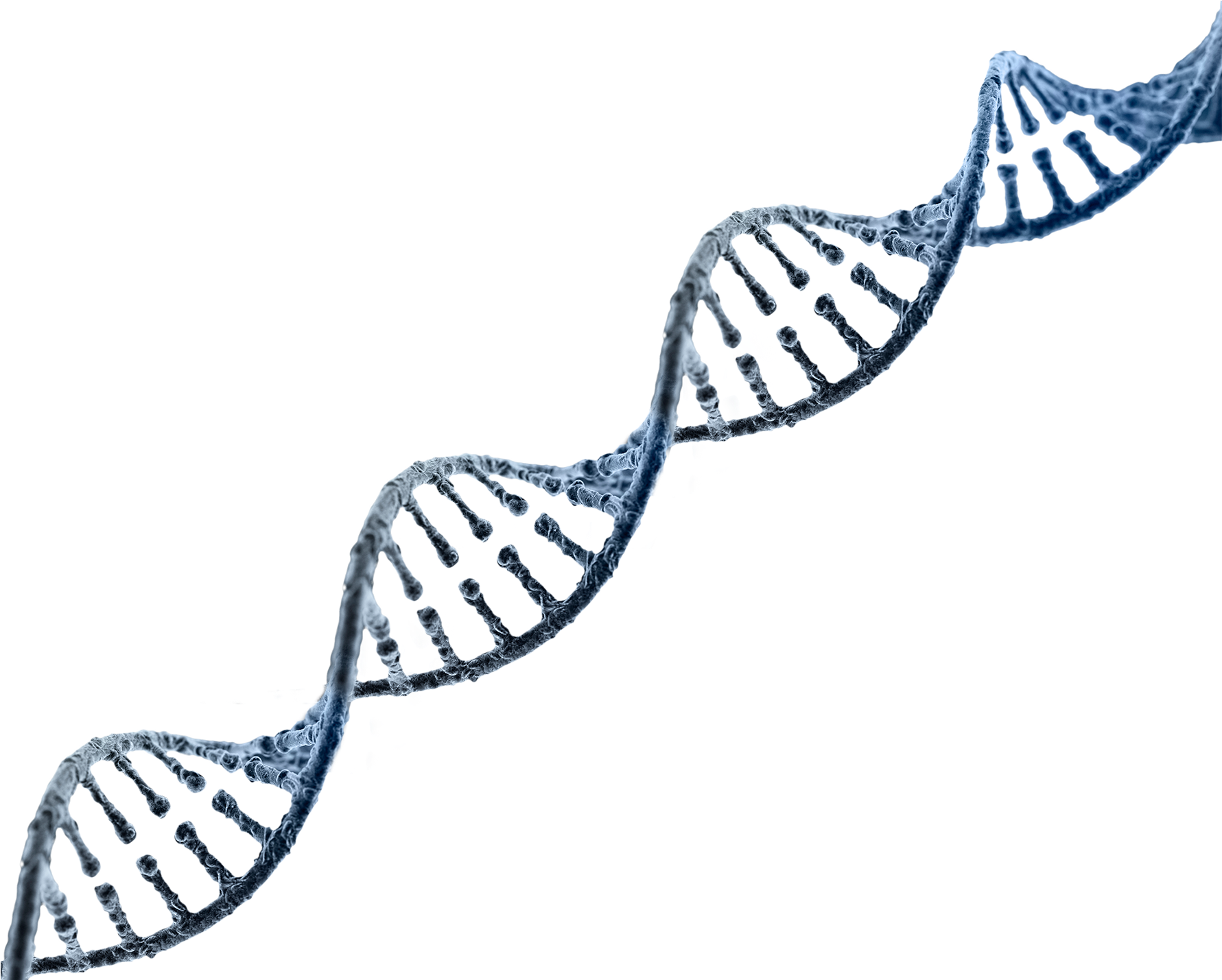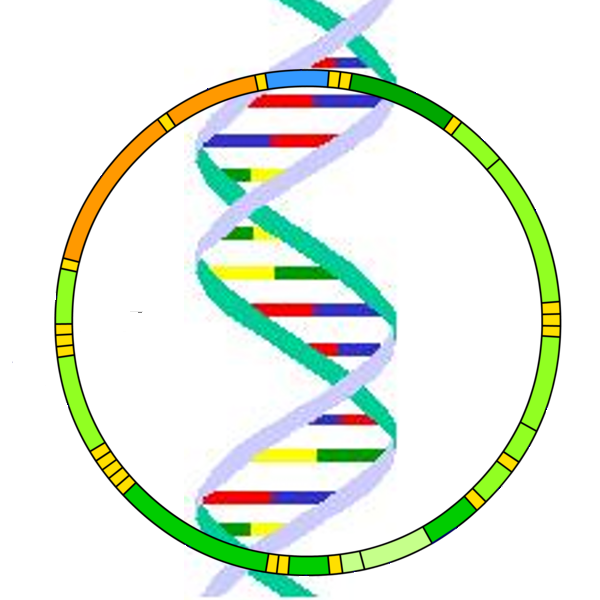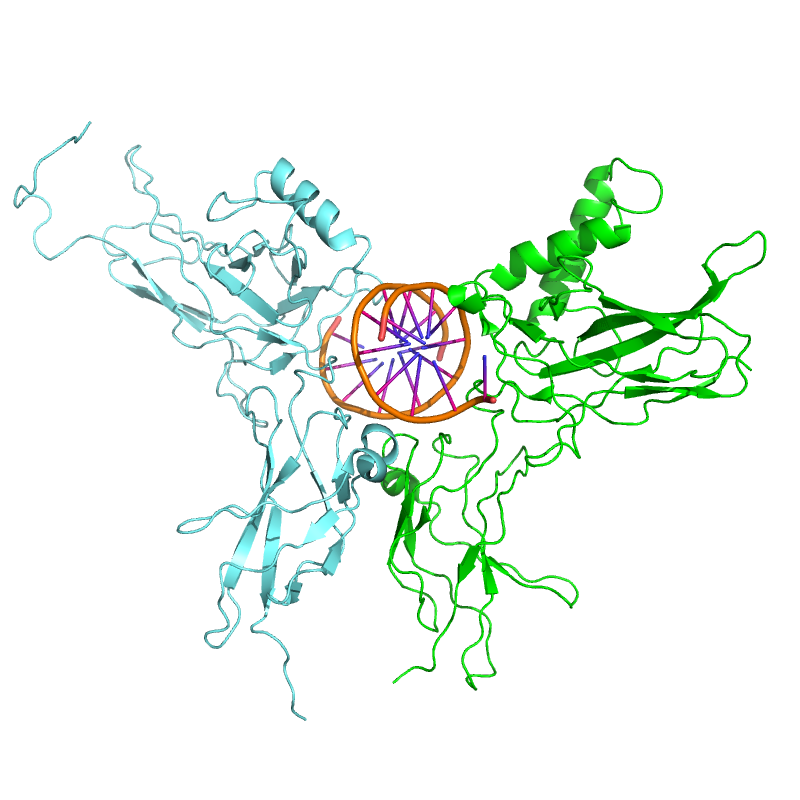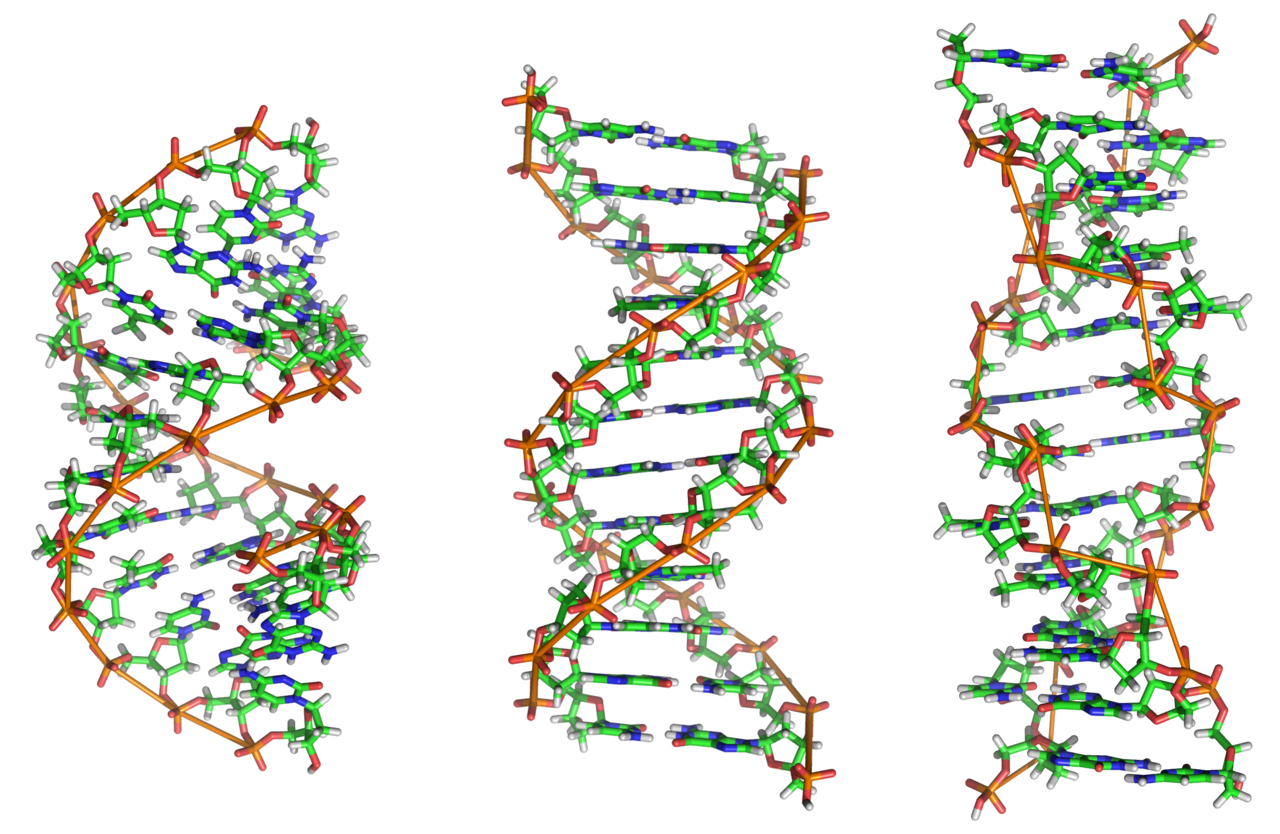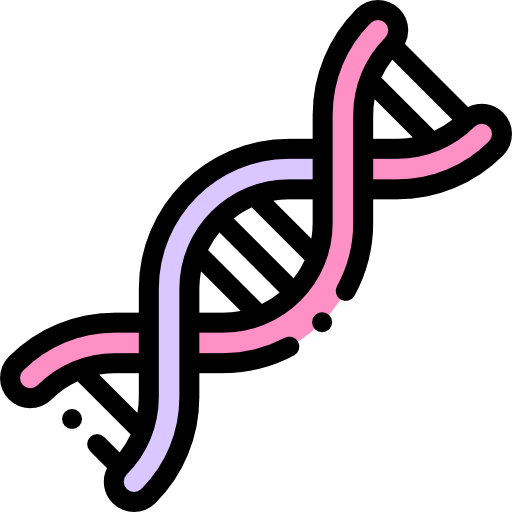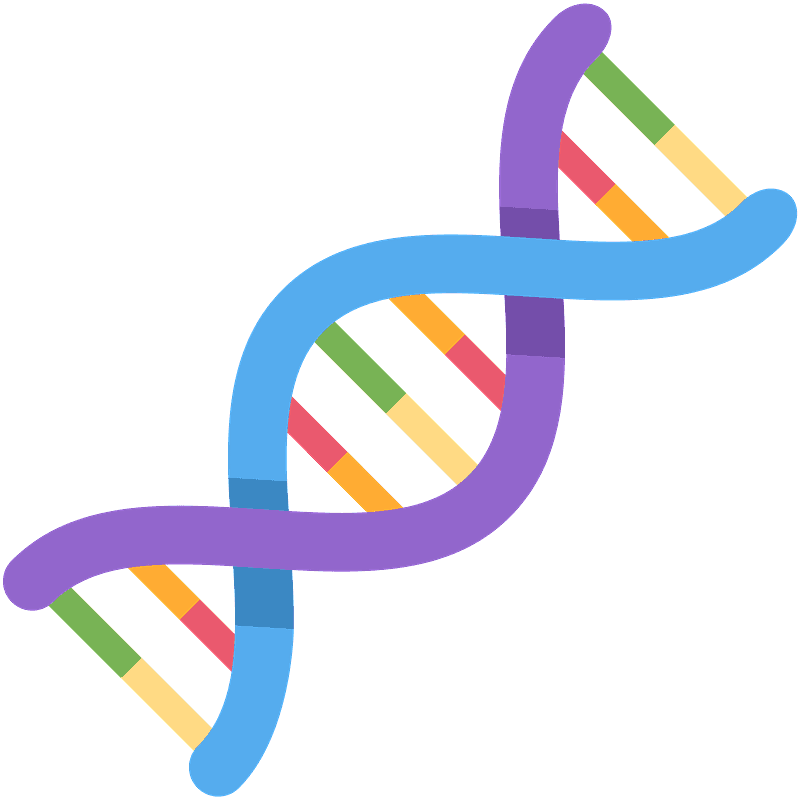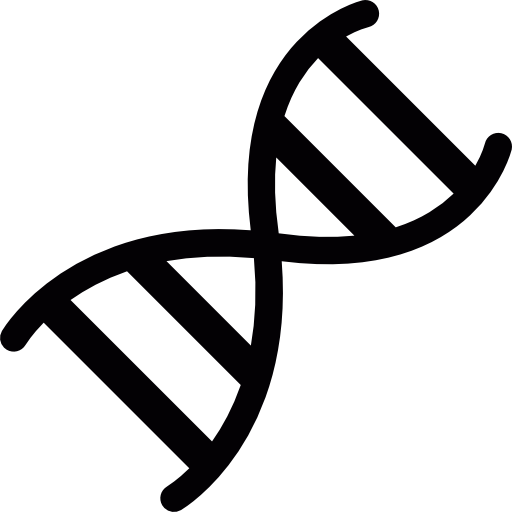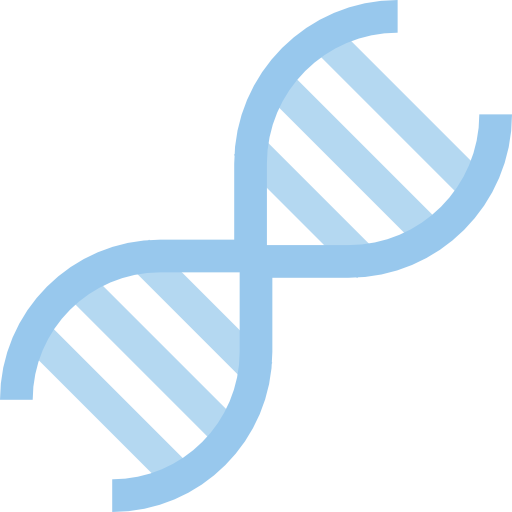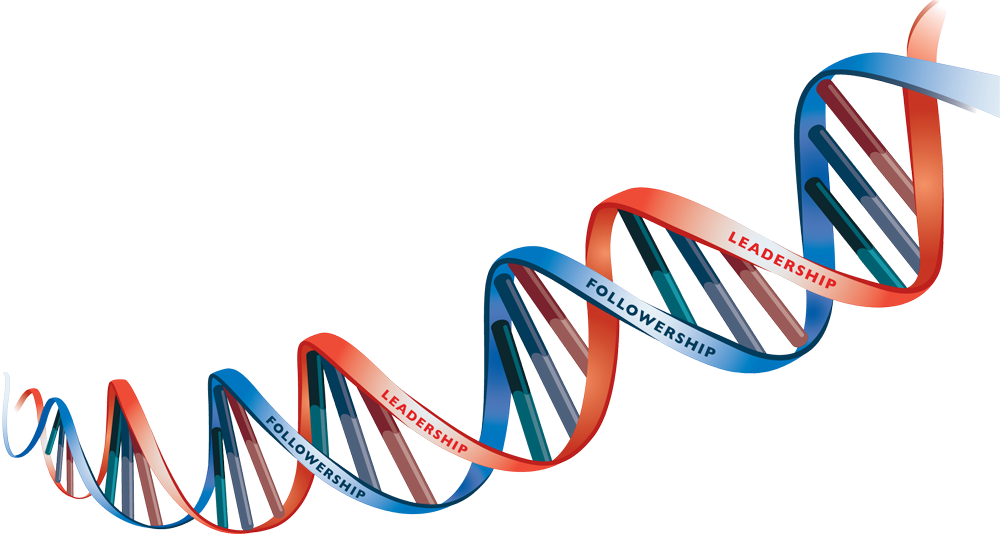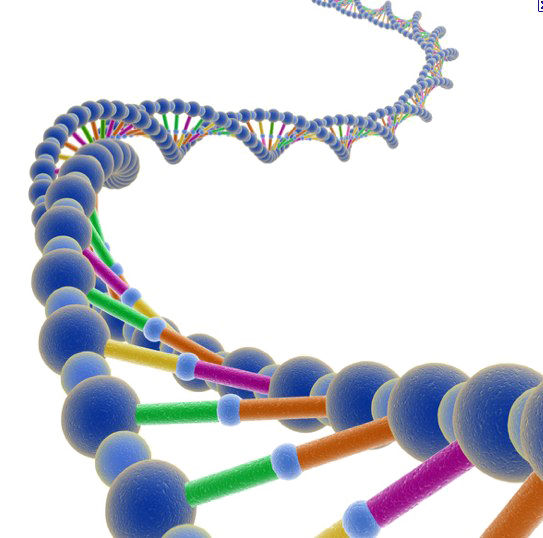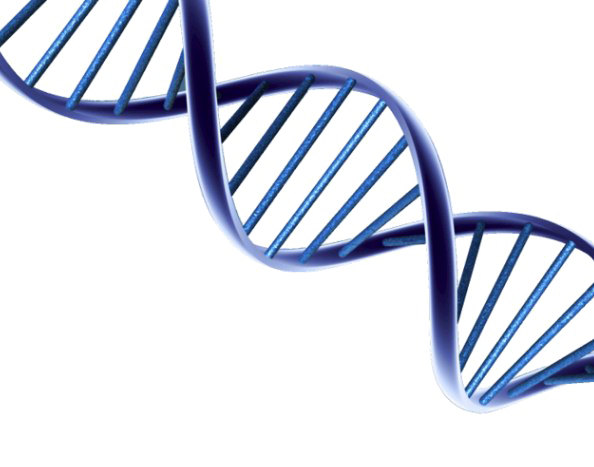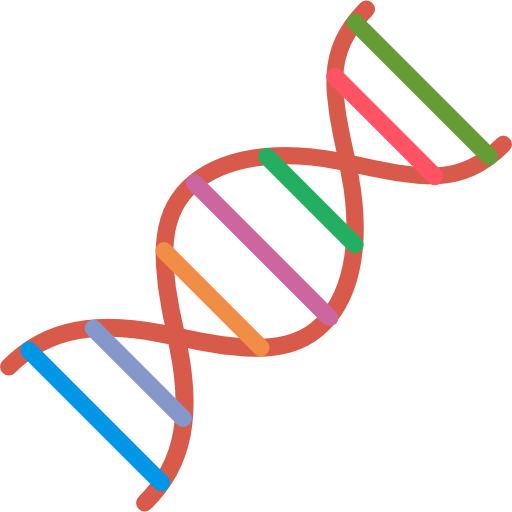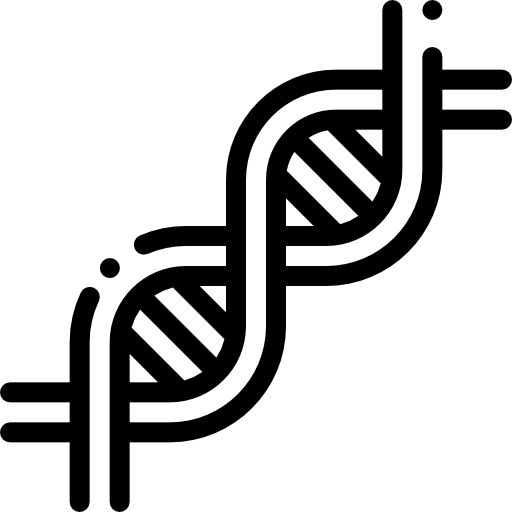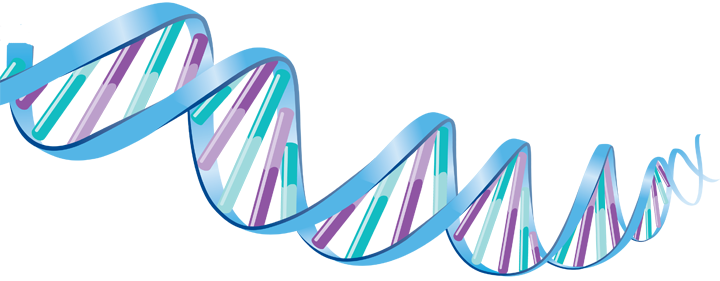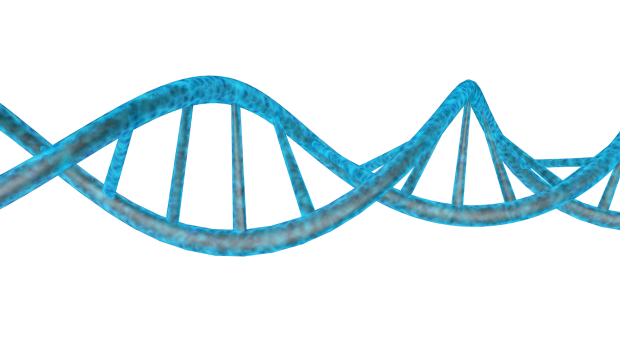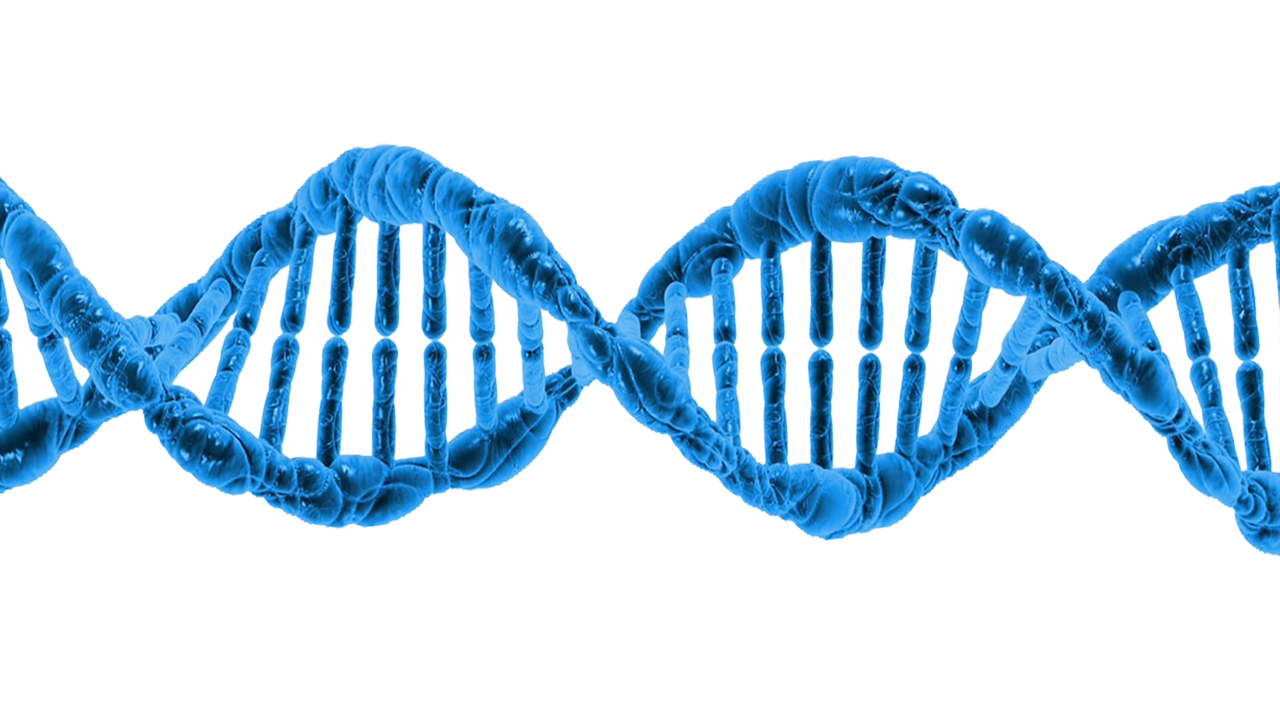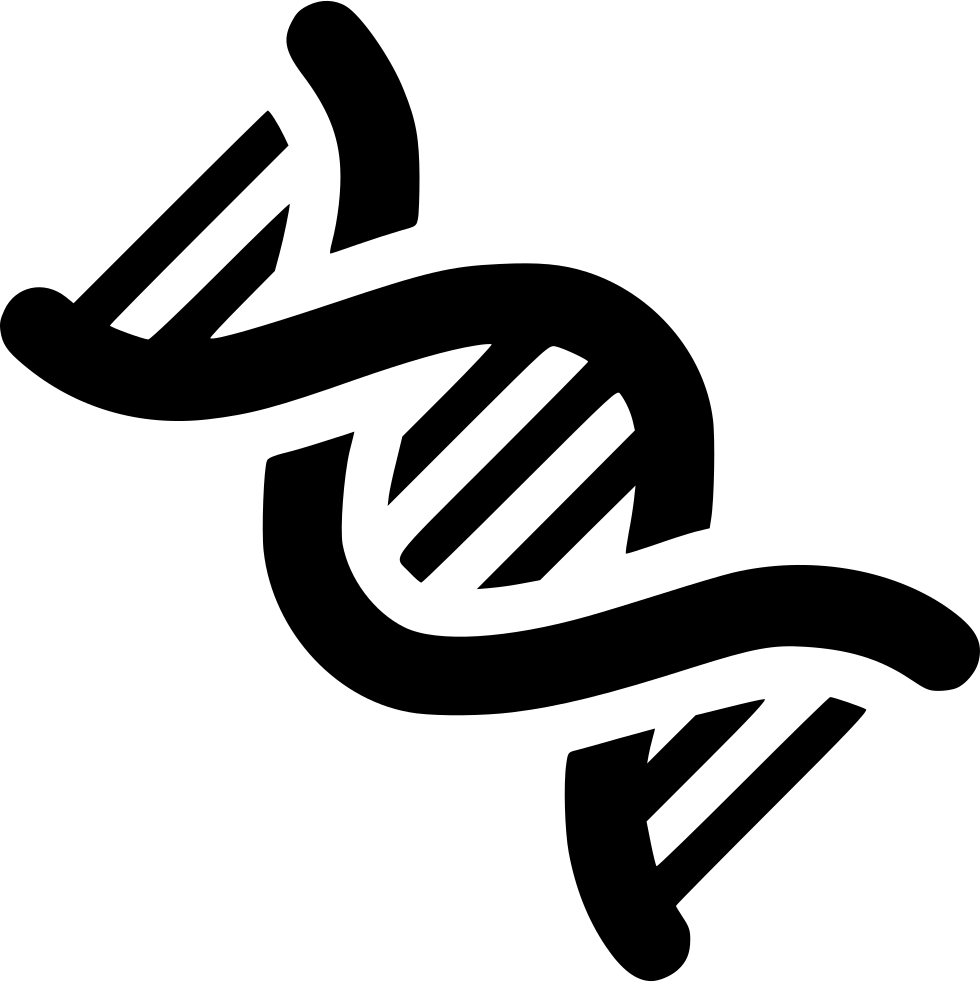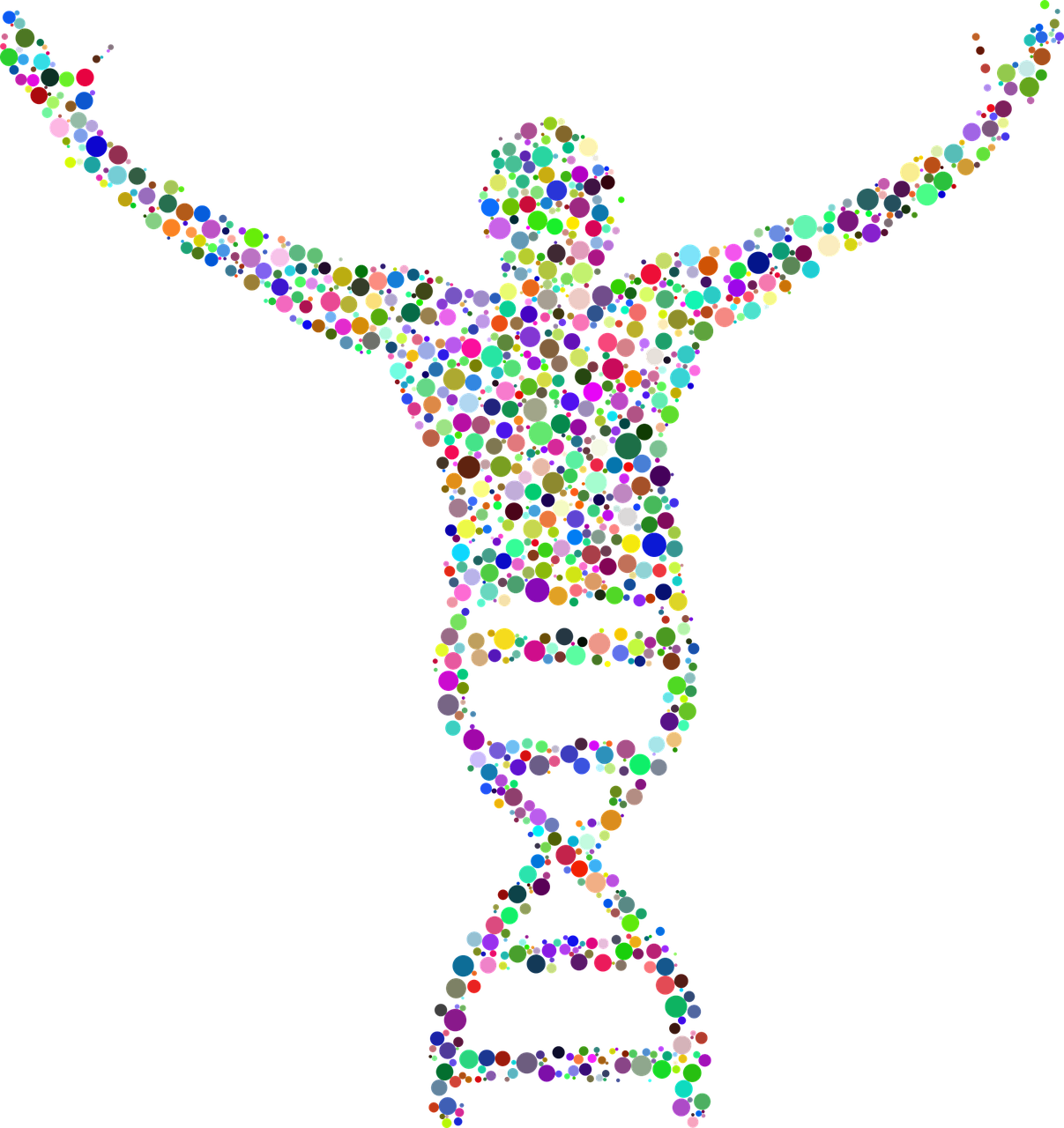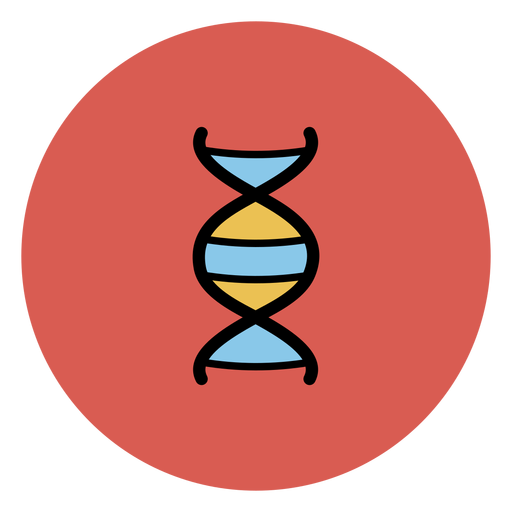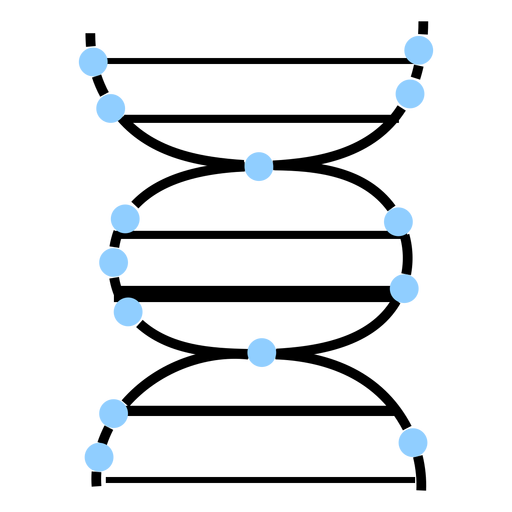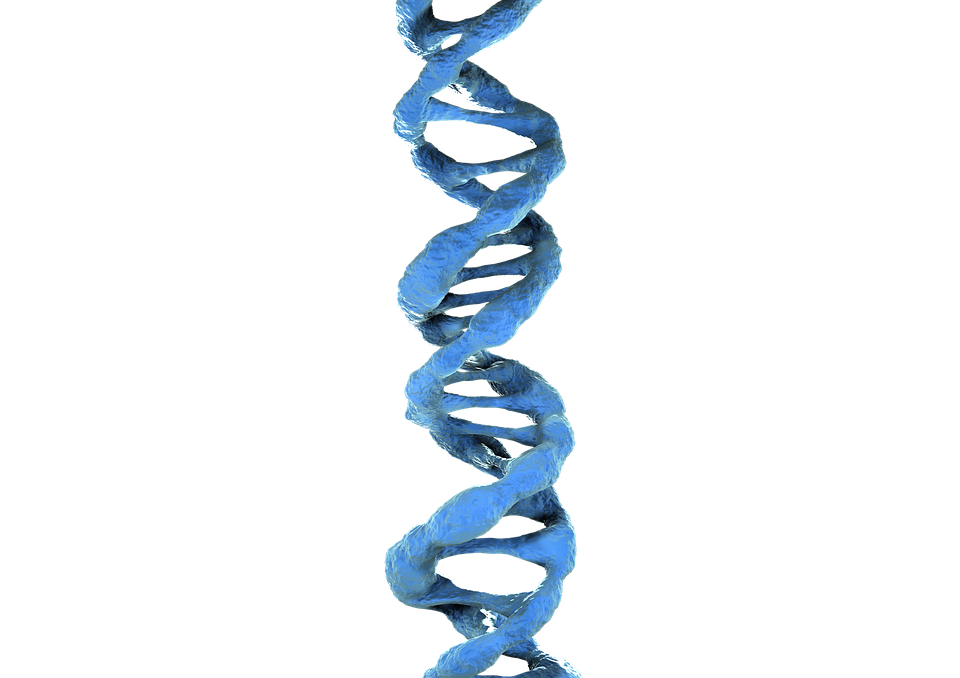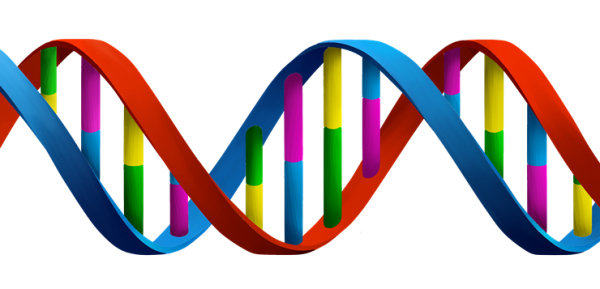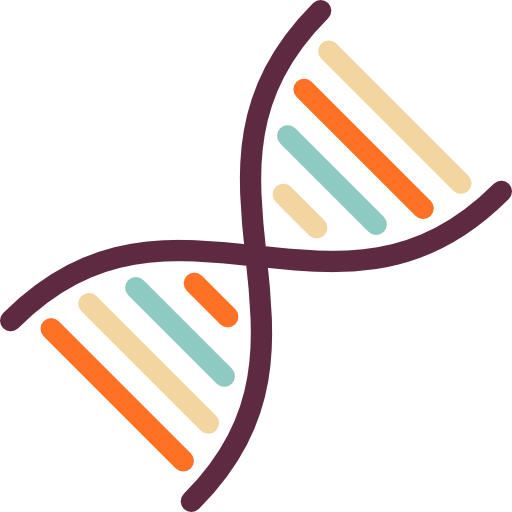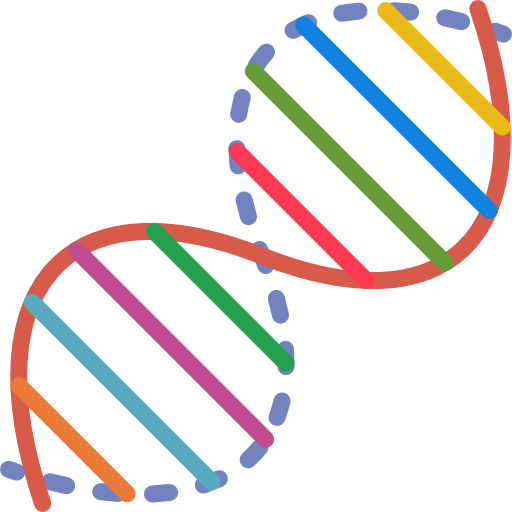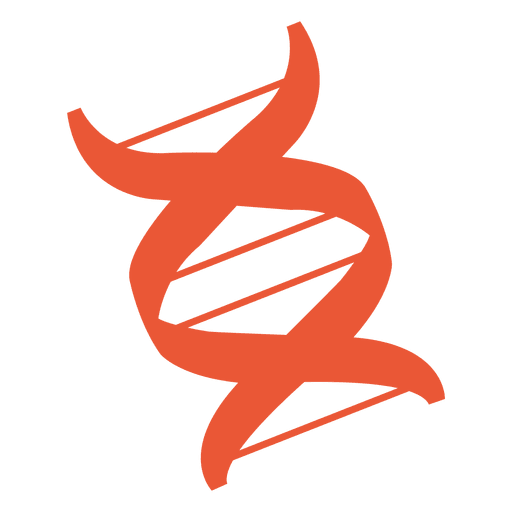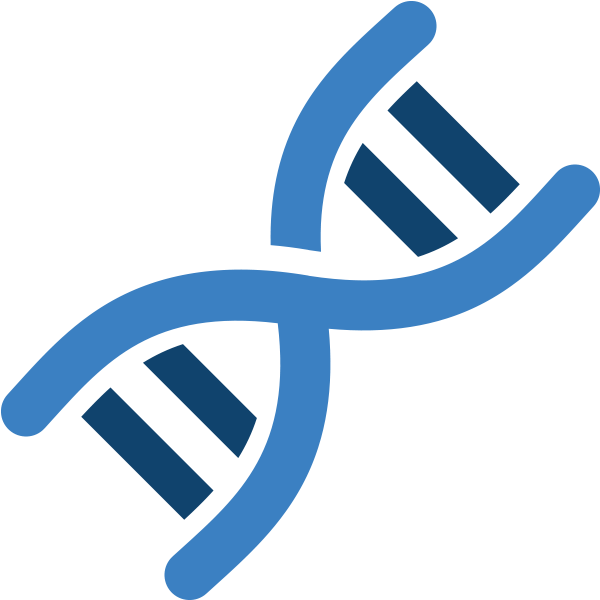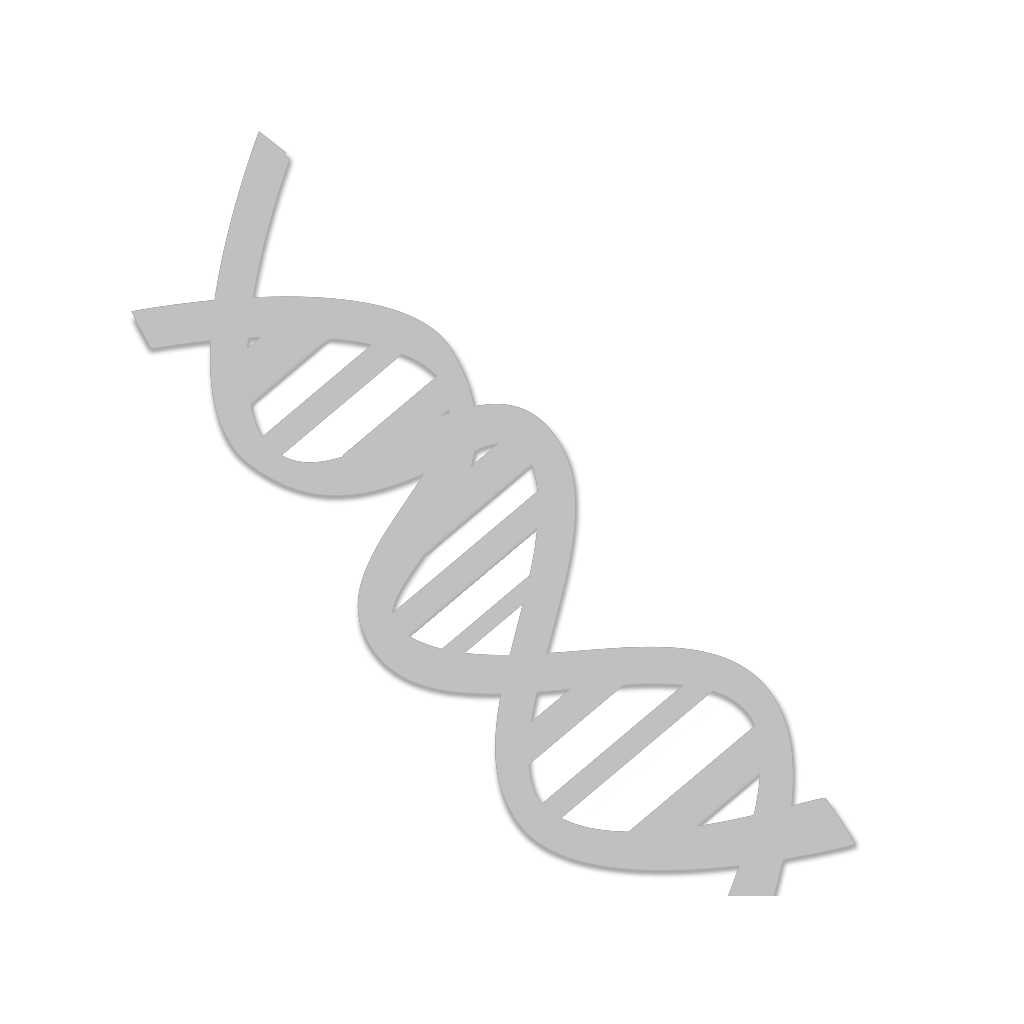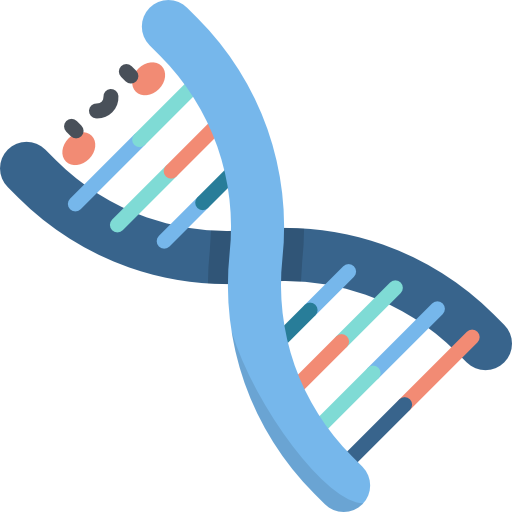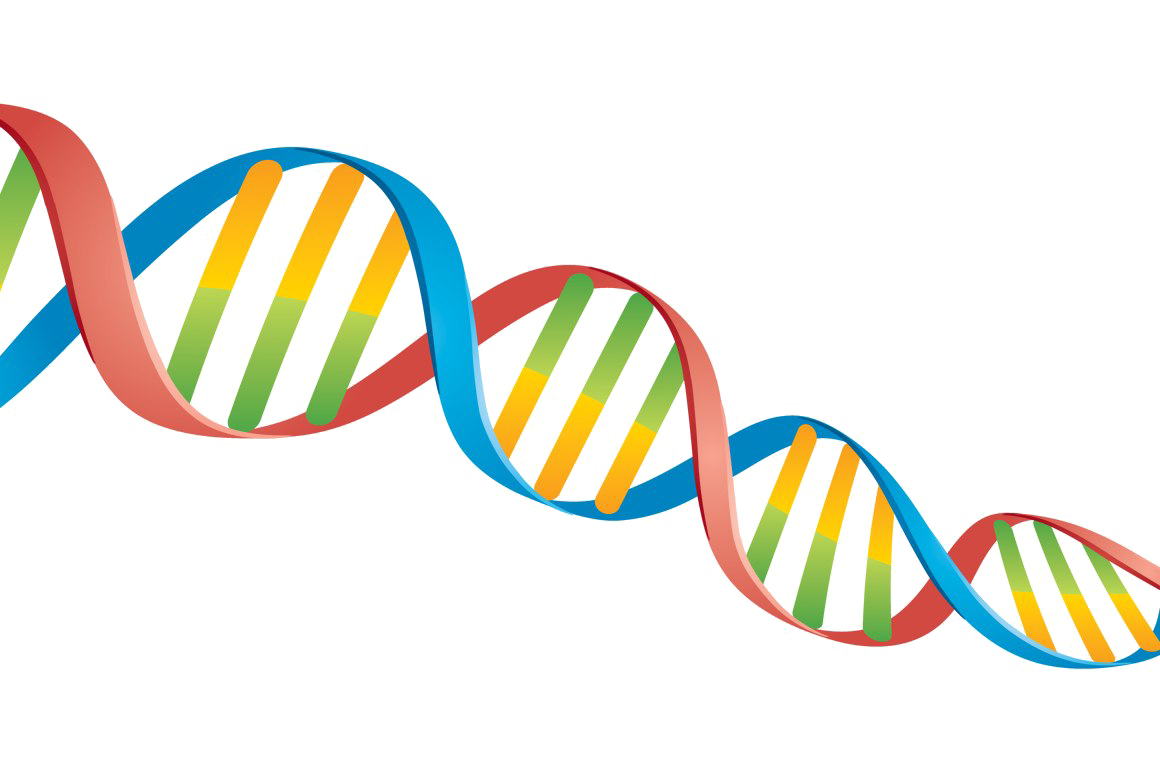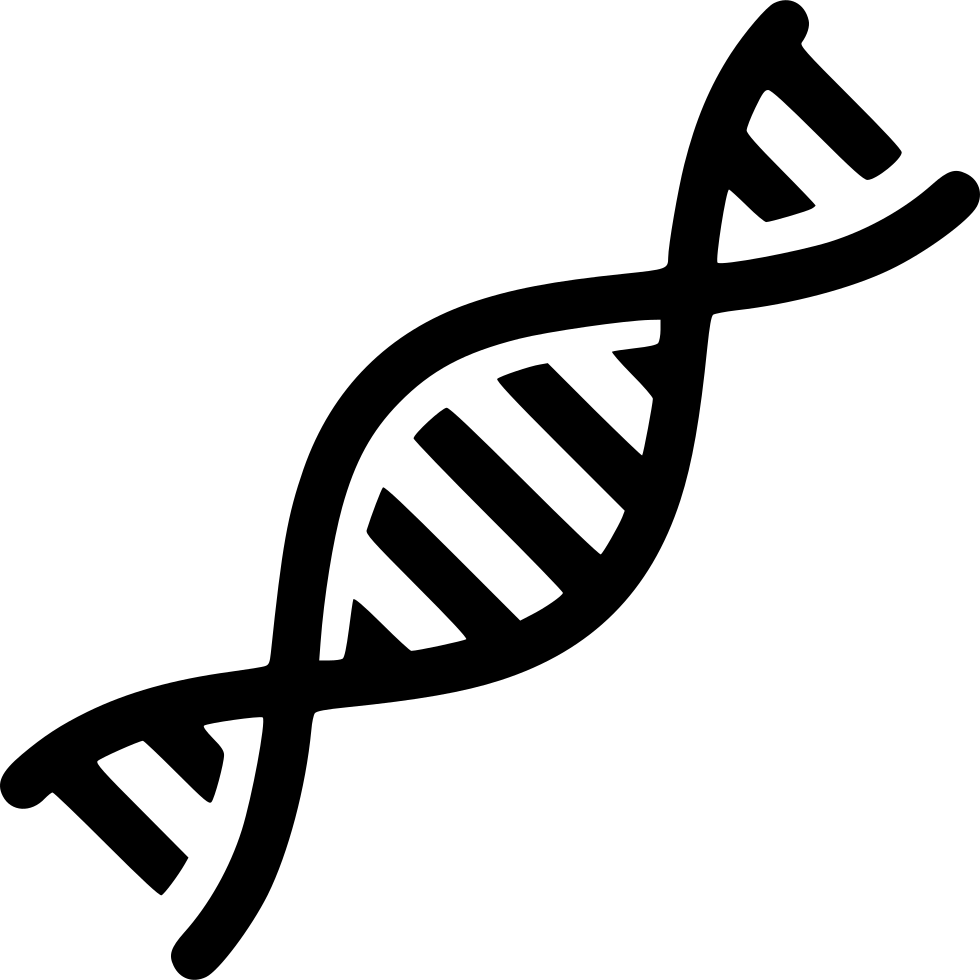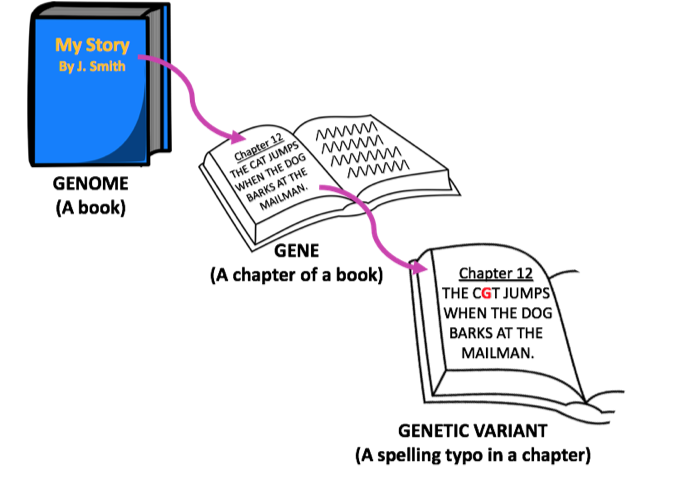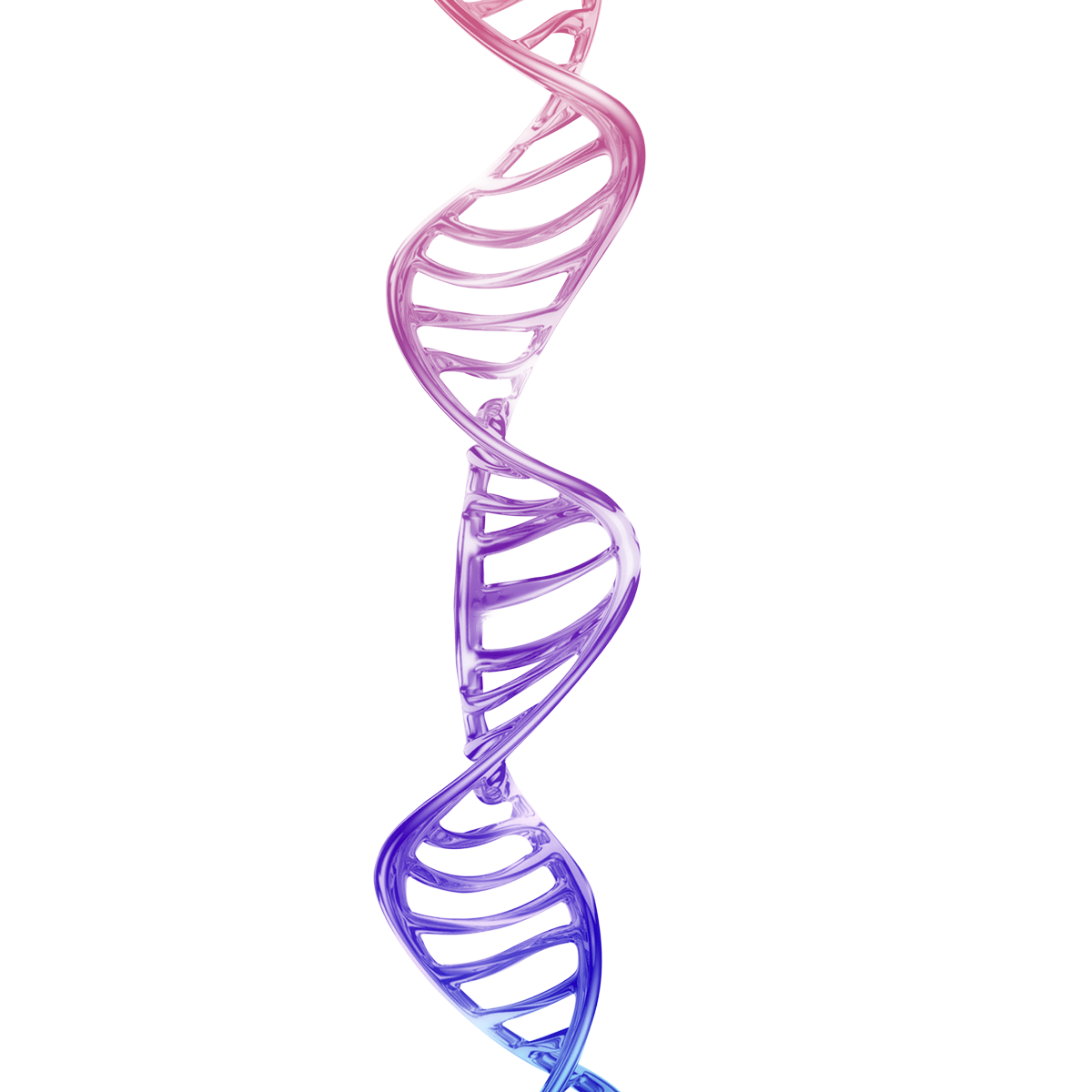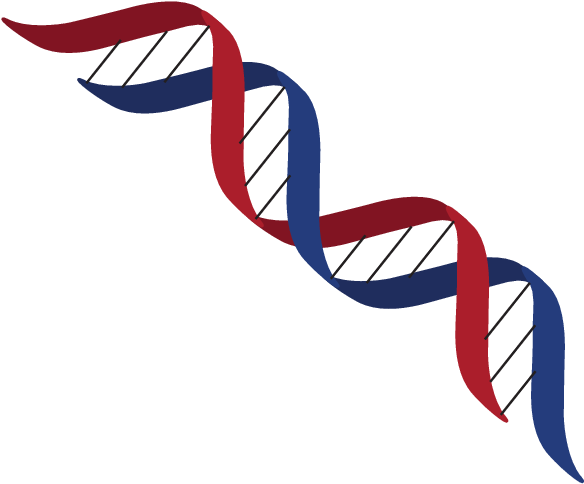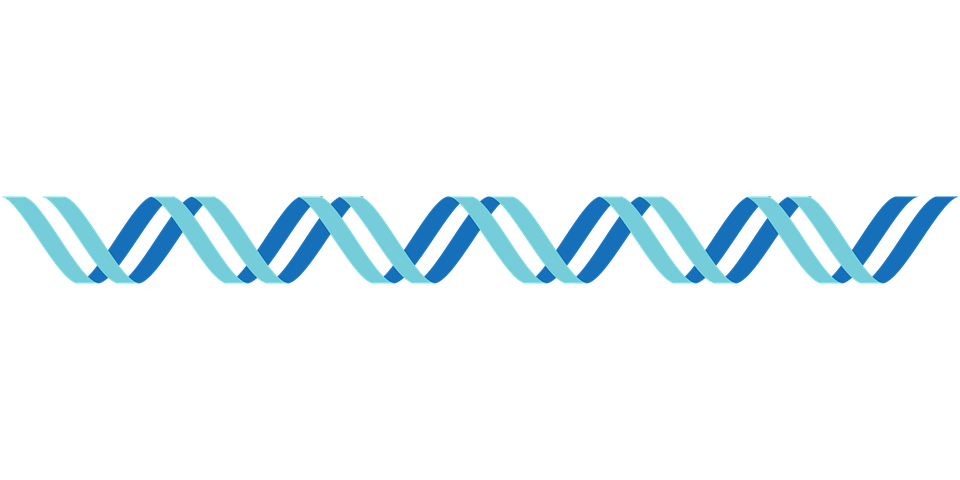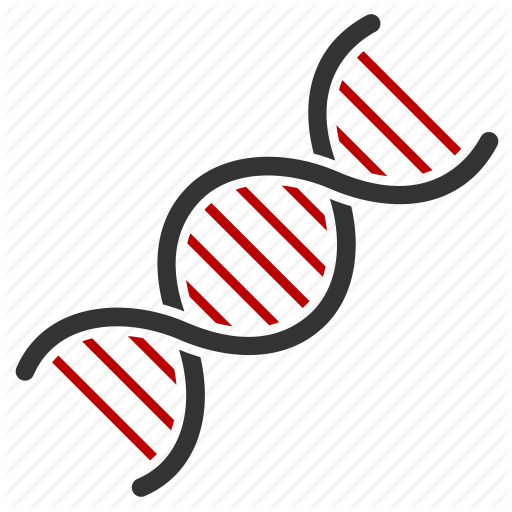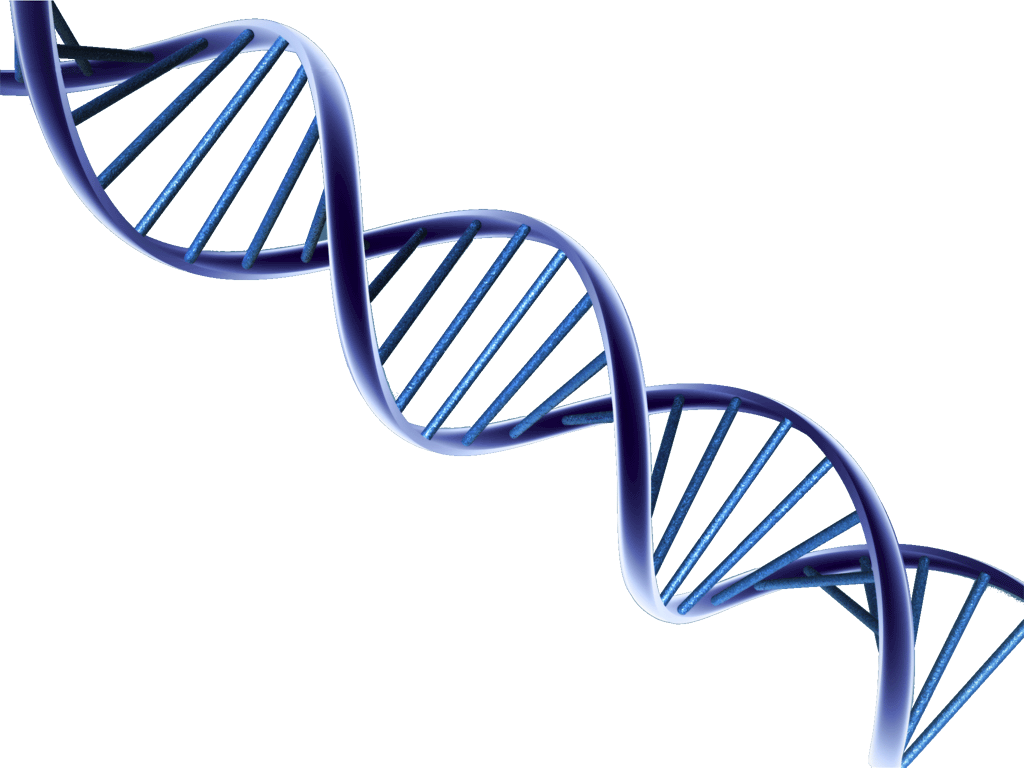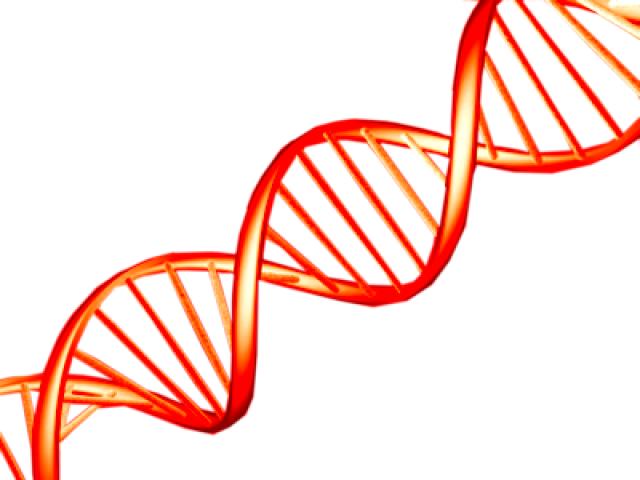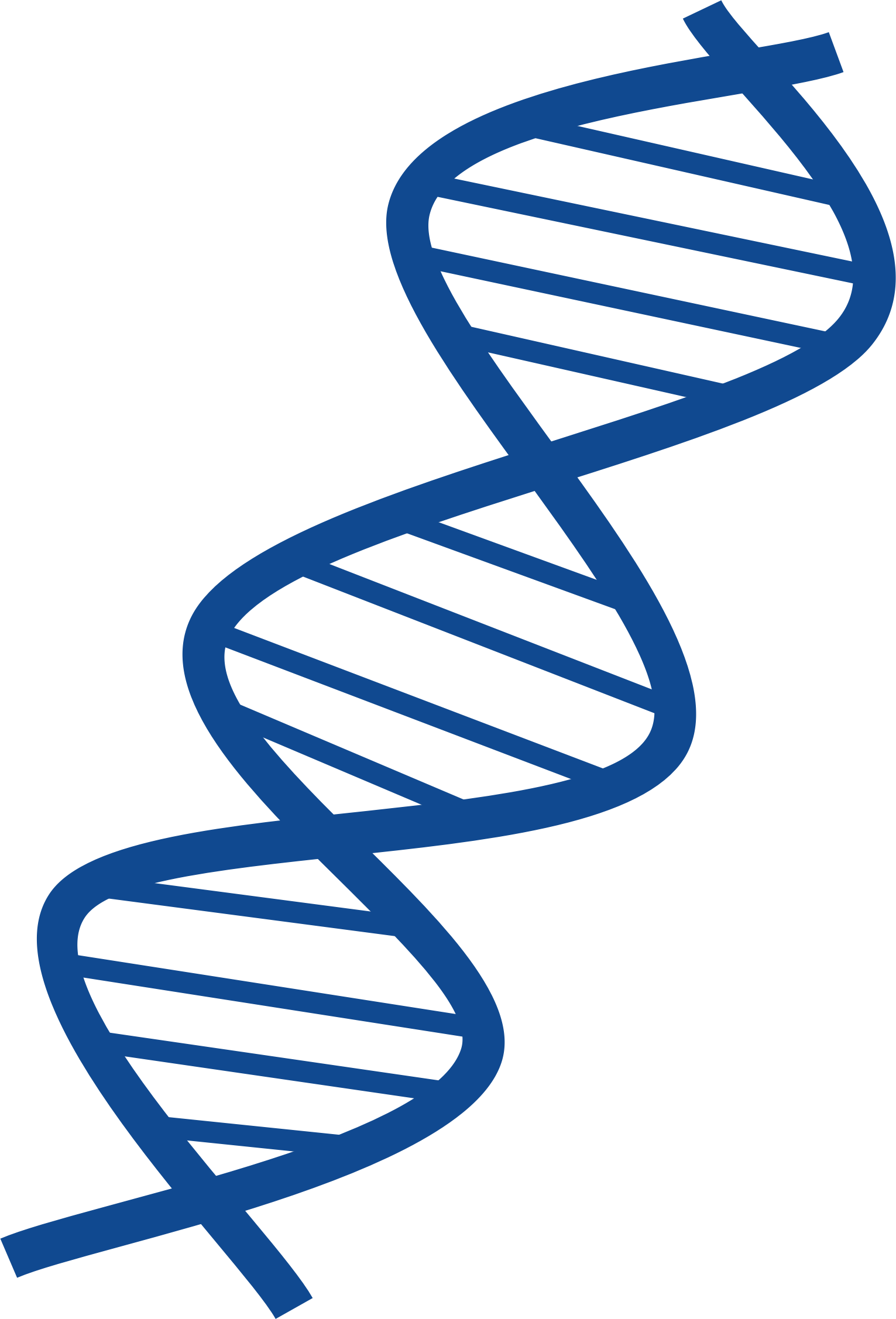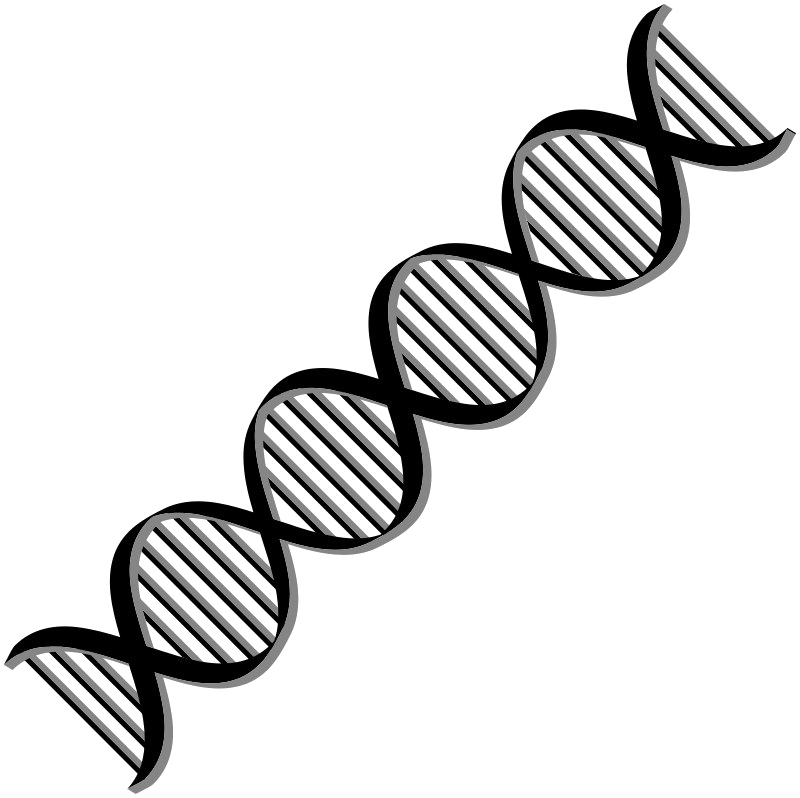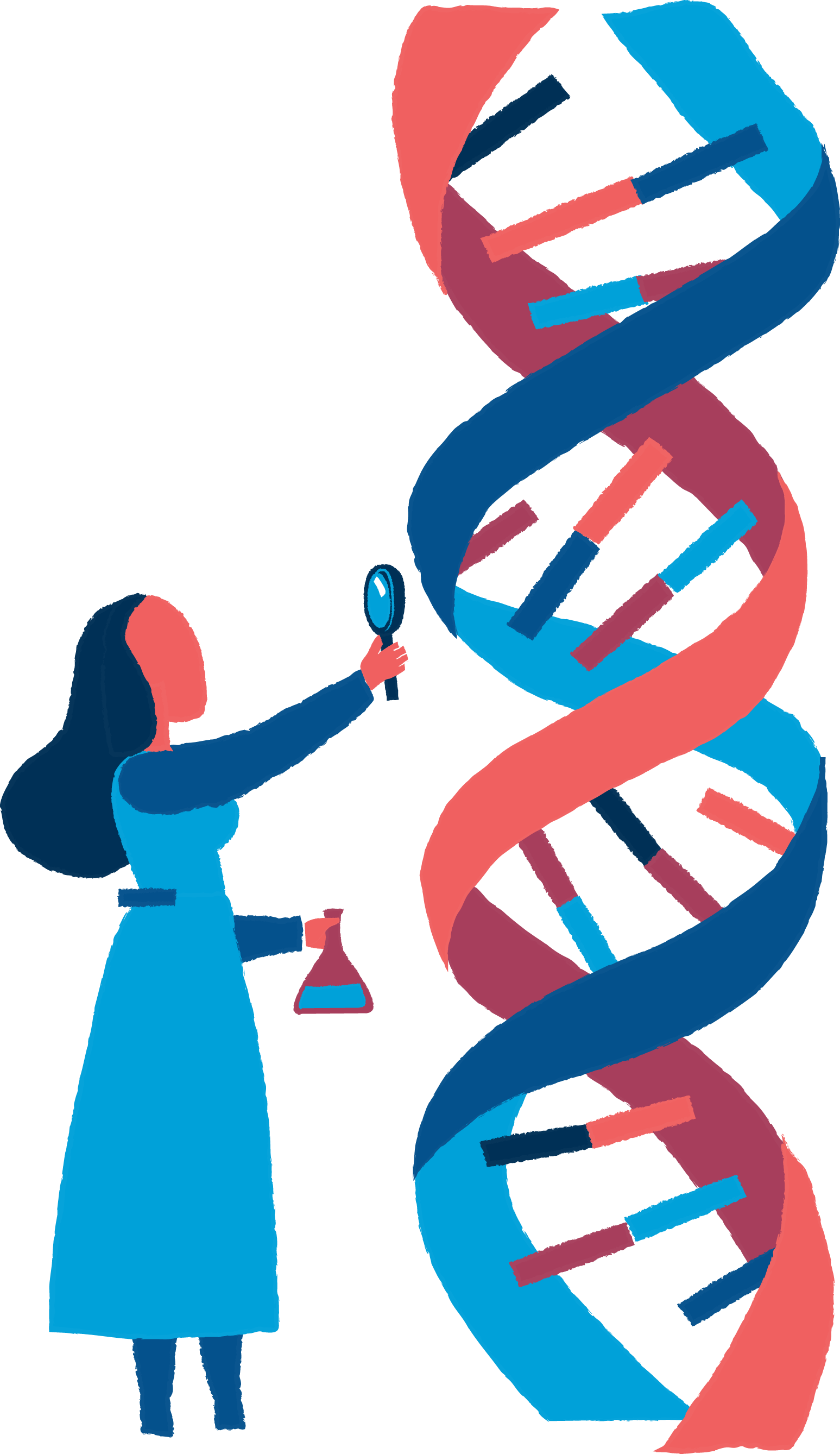Download top and best high-quality free DNA PNG Transparent Images backgrounds available in various sizes. To view the full PNG size resolution click on any of the below image thumbnail.
License Info: Creative Commons 4.0 BY-NC
Deoxyribonucleic acid (DNA) is a molecule made up of two polynucleotide chains that coil around each other to create a double helix and carry genetic instructions for all known organisms and viruses’ formation, function, growth, and reproduction. Nucleic acids include DNA and ribonucleic acid (RNA). Nucleic acids are one of the four primary types of macromolecules that are required for all known forms of life, alongside proteins, lipids, and complex carbohydrates (polysaccharides).
Because they are made up of smaller monomeric units called nucleotides, the two DNA strands are known as polynucleotides. Each nucleotide is made up of a sugar termed deoxyribose, a phosphate group, and one of four nitrogen-containing nucleobases (cytosine, guanine, adenine, or thymine). Covalent connections (known as the phospho-diester linkage) between the sugar of one nucleotide and the phosphate of the next nucleotide bind the nucleotides together in a chain, resulting in an alternating sugar-phosphate backbone.
To create double-stranded DNA, the nitrogenous bases of the two distinct polynucleotide strands are linked together with hydrogen bonds according to base pairing regulations (A with T and C with G). Pyrimidines and purines are the two types of complimentary nitrogenous bases. Thymine and cytosine are pyrimidines in DNA, while adenine and guanine are purines.
The biological information is stored on both strands of double-stranded DNA. When the two strands split, this information is duplicated. Non-coding DNA makes up a substantial portion of DNA (more than 98 percent in humans), which means it does not serve as a blueprint for protein sequences. The two strands of DNA are antiparallel because they run in opposing directions.
Each sugar has one of four types of nucleobases attached to it (or bases). The genetic information is encoded by the sequence of these four nucleobases along the backbone. In a process known as transcription, RNA strands are produced using DNA strands as a template, with DNA bases being exchanged for their equivalent bases except for thymine (T), for which RNA replaces uracil (U). These RNA strands determine the sequence of amino acids within proteins in a process known as translation, which is controlled by the genetic code.
DNA is arranged into lengthy structures called chromosomes within eukaryotic cells. These chromosomes are replicated in the process of DNA replication before normal cell division, giving a complete set of chromosomes for each daughter cell. The majority of DNA in eukaryotic creatures (animals, plants, fungi, and protists) is stored in the cell nucleus as nuclear DNA, with some stored as mitochondrial DNA or chloroplast DNA.
Prokaryotes (bacteria and archaea), on the other hand, only store their DNA in the cytoplasm, in circular chromosomes. Chromatin proteins, such as histones, compress and arrange DNA within eukaryotic chromosomes. These compacting structures help regulate which portions of the DNA get transcribed by guiding the connections between DNA and other proteins.
Download DNA PNG images transparent gallery.
- DNA PNG Free Image
Resolution: 512 × 512
Size: 18 KB
Image Format: .png
Download
- DNA Structure PNG Image HD
Resolution: 1428 × 1251
Size: 168 KB
Image Format: .png
Download
- DNA PNG Image File
Resolution: 600 × 300
Size: 66 KB
Image Format: .png
Download
- DNA Genetic PNG
Resolution: 512 × 512
Size: 22 KB
Image Format: .png
Download
- DNA Background PNG
Resolution: 2011 × 2088
Size: 78 KB
Image Format: .gif
Download
- DNA PNG Background
Resolution: 664 × 2248
Size: 135 KB
Image Format: .png
Download
- DNA Structure No Background
Resolution: 1560 × 1310
Size: 868 KB
Image Format: .png
Download
- DNA PNG Pic
Resolution: 776 × 1737
Size: 334 KB
Image Format: .png
Download
- DNA PNG File
Resolution: 725 × 1003
Size: 648 KB
Image Format: .png
Download
- DNA PNG Image
Resolution: 1781 × 1429
Size: 916 KB
Image Format: .png
Download
- DNA Structure PNG Images HD
Resolution: 512 × 512
Size: 7 KB
Image Format: .png
Download
- DNA Genetic PNG Images
Resolution: 600 × 600
Size: 250 KB
Image Format: .png
Download
- DNA PNG Photo
Resolution: 800 × 800
Size: 216 KB
Image Format: .png
Download
- DNA Structure PNG Free Image
Resolution: 1280 × 834
Size: 925 KB
Image Format: .png
Download
- DNA Structure PNG Image File
Resolution: 512 × 512
Size: 23 KB
Image Format: .png
Download
- DNA Genetic PNG Photos
Resolution: 800 × 800
Size: 10 KB
Image Format: .png
Download
- DNA Genetic Transparent
Resolution: 650 × 650
Size: 19 KB
Image Format: .png
Download
- DNA Structure Background PNG
Resolution: 512 × 512
Size: 7 KB
Image Format: .png
Download
- DNA Structure PNG Background
Resolution: 512 × 512
Size: 12 KB
Image Format: .png
Download
- DNA Genetic PNG Clipart
Resolution: 4750 × 3500
Size: 255 KB
Image Format: .png
Download
- DNA Structure PNG
Resolution: 1000 × 534
Size: 374 KB
Image Format: .png
Download
- DNA Structure PNG Pic
Resolution: 543 × 538
Size: 270 KB
Image Format: .png
Download
- DNA Structure PNG File
Resolution: 594 × 467
Size: 199 KB
Image Format: .png
Download
- DNA Structure PNG Image
Resolution: 512 × 512
Size: 15 KB
Image Format: .png
Download
- DNA Structure PNG Photo
Resolution: 512 × 512
Size: 15 KB
Image Format: .png
Download
- DNA Genetic PNG Picture
Resolution: 720 × 281
Size: 143 KB
Image Format: .png
Download
- DNA
Resolution: 512 × 512
Size: 123 KB
Image Format: .png
Download
- DNA Genetic PNG HD Image
Resolution: 620 × 348
Size: 116 KB
Image Format: .png
Download
- DNA Structure PNG Cutout
Resolution: 1280 × 720
Size: 720 KB
Image Format: .png
Download
- DNA Genetic PNG Image HD
Resolution: 980 × 982
Size: 32 KB
Image Format: .png
Download
- DNA PNG Cutout
Resolution: 1207 × 1280
Size: 573 KB
Image Format: .png
Download
- DNA Genetic No Background
Resolution: 512 × 512
Size: 39 KB
Image Format: .png
Download
- DNA Structure PNG Images
Resolution: 512 × 512
Size: 30 KB
Image Format: .png
Download
- DNA PNG Images
Resolution: 960 × 678
Size: 229 KB
Image Format: .png
Download
- DNA Genetic PNG Pic
Resolution: 600 × 289
Size: 98 KB
Image Format: .png
Download
- DNA PNG Photos
Resolution: 512 × 512
Size: 14 KB
Image Format: .png
Download
- DNA Genetic PNG File
Resolution: 512 × 512
Size: 19 KB
Image Format: .png
Download
- DNA Genetic PNG Image
Resolution: 512 × 512
Size: 7 KB
Image Format: .png
Download
- DNA Genetic PNG Photo
Resolution: 600 × 600
Size: 19 KB
Image Format: .png
Download
- DNA Structure PNG Photos
Resolution: 1024 × 1024
Size: 92 KB
Image Format: .png
Download
- DNA Structure Transparent
Resolution: 512 × 512
Size: 26 KB
Image Format: .png
Download
- DNA Genetic PNG Cutout
Resolution: 1160 × 772
Size: 343 KB
Image Format: .png
Download
- DNA Transparent
Resolution: 512 × 512
Size: 29 KB
Image Format: .png
Download
- DNA PNG Clipart
Resolution: 980 × 980
Size: 57 KB
Image Format: .png
Download
- DNA Structure PNG Clipart
Resolution: 693 × 481
Size: 70 KB
Image Format: .png
Download
- DNA Structure PNG HD Image
Resolution: 1200 × 1200
Size: 464 KB
Image Format: .png
Download
- DNA PNG Picture
Resolution: 1334 × 1334
Size: 9 KB
Image Format: .png
Download
- DNA Structure
Resolution: 584 × 484
Size: 14 KB
Image Format: .png
Download
- DNA PNG
Resolution: 960 × 480
Size: 71 KB
Image Format: .png
Download
- DNA Genetic
Resolution: 512 × 512
Size: 26 KB
Image Format: .png
Download
- DNA PNG HD Image
Resolution: 1024 × 768
Size: 190 KB
Image Format: .png
Download
- DNA PNG Image HD
Resolution: 640 × 480
Size: 138 KB
Image Format: .png
Download
- DNA No Background
Resolution: 1531 × 2254
Size: 129 KB
Image Format: .png
Download
- DNA Structure PNG Picture
Resolution: 800 × 798
Size: 242 KB
Image Format: .png
Download
- DNA PNG Images HD
Resolution: 1547 × 2677
Size: 329 KB
Image Format: .png
Download
